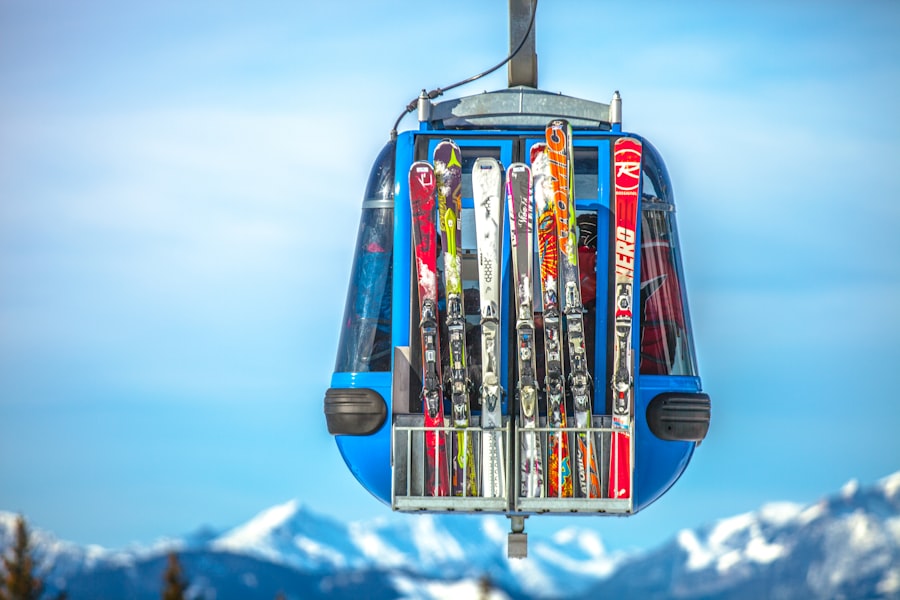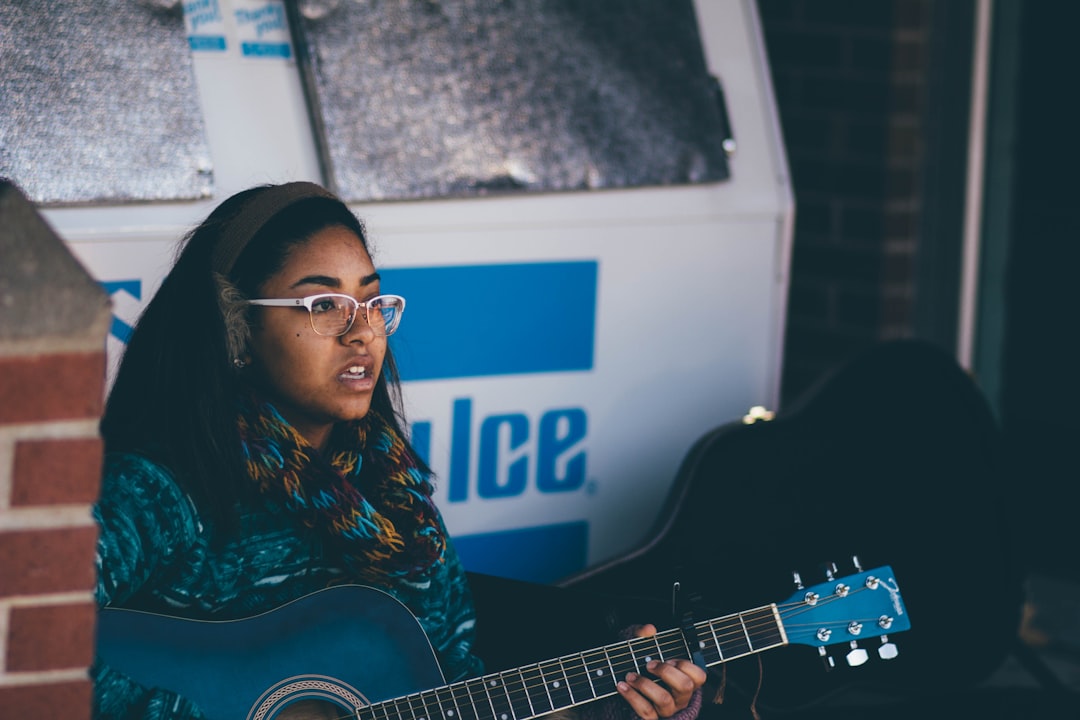Embarking on a sailing adventure to the Bahamas from Florida requires meticulous planning and preparation. The first step in this journey is to assess the vessel’s readiness. This includes checking the integrity of the hull, ensuring that the sails are in good condition, and verifying that all safety equipment is onboard and functional.
A thorough inspection of the engine and fuel systems is also crucial, as mechanical failures can lead to significant complications during the voyage. Additionally, sailors should ensure that they have adequate provisions, including food, water, and medical supplies, to sustain themselves throughout the trip. Weather conditions play a pivotal role in planning a sailing expedition.
Sailors must consult marine weather forecasts and understand seasonal patterns in the region. The best time to sail to the Bahamas is typically between late fall and early spring when the weather is more stable and the winds are favorable. Understanding the tides and currents is equally important, as they can significantly affect the sailing experience.
Mariners should also familiarize themselves with navigation charts and GPS systems to ensure safe passage across open waters. This preparation phase is not just about the physical aspects of sailing; it also involves mental readiness. Sailors should be prepared for the challenges of open water, including potential storms and the isolation that comes with being at sea.
Departure from Florida:
Final Preparations
The sight of the Florida coastline receding into the distance serves as a reminder of the adventure that lies ahead. Before setting out, it is essential to conduct a final check of all systems onboard, ensuring that everything is in order for the journey ahead. Once out on the open water, sailors are greeted by the vastness of the ocean, which can be both awe-inspiring and intimidating.
Adjusting to Life at Sea
The initial hours at sea are often spent adjusting to the rhythm of sailing, with crew members taking turns at the helm and monitoring navigation instruments. The transition from land to sea can be jarring; however, it also offers a unique opportunity to connect with nature. Dolphins may accompany the boat, leaping alongside as if to bid farewell to Florida.
A Sense of Freedom and Adventure
The experience of sailing away from familiar shores into uncharted waters fosters a sense of freedom and adventure that is hard to replicate elsewhere.
Crossing the Gulf Stream:

The Gulf Stream presents one of the most significant challenges during a sailing trip from Florida to the Bahamas. This powerful ocean current flows northward along the eastern coast of the United States and can create unpredictable conditions for sailors attempting to cross it. Understanding its dynamics is crucial for a successful crossing.
The current can reach speeds of up to five knots, which means that timing and navigation become critical factors in ensuring a safe passage. Sailors often plan their crossing during favorable weather windows when winds are light and seas are calm. This strategic approach minimizes the risk of encountering rough conditions that could jeopardize safety.
As vessels approach the Gulf Stream, they may experience a noticeable change in water color and temperature, signaling their entry into this dynamic marine environment. The crossing itself can be exhilarating; with sails fully deployed, boats can harness the wind and current to make swift progress toward their destination. However, vigilance is essential, as sudden squalls or shifts in wind direction can occur without warning.
Arrival in the Bahamas:
| Arrival in the Bahamas | Statistics |
|---|---|
| Number of Tourists | 1.3 million |
| Arrival by Air | 80% |
| Arrival by Sea | 20% |
| Top Origin Countries | United States, Canada, United Kingdom |
Arriving in the Bahamas is often a moment of triumph for sailors who have navigated the challenges of open water. The first sighting of land brings a rush of excitement as vibrant hues of turquoise waters and sandy beaches come into view. Depending on their route, sailors may first land at popular destinations such as Bimini or Nassau, each offering its unique charm and attractions.
Upon arrival, it is essential to adhere to local customs regulations, including clearing customs and immigration procedures, which can vary by island. The warm Bahamian sun welcomes sailors as they step onto solid ground after their oceanic journey. The laid-back atmosphere of island life contrasts sharply with the hustle and bustle of Florida’s coastal cities.
Sailors often take this opportunity to explore local markets, sample traditional Bahamian cuisine, and immerse themselves in the rich culture of the islands. Engaging with locals can provide valuable insights into hidden gems and lesser-known spots that may not be on typical tourist itineraries. The sense of community in the Bahamas is palpable, with friendly faces eager to share stories and experiences with visitors.
Exploring the Bahamas:
The Bahamas consists of over 700 islands, each offering distinct experiences for those willing to explore beyond their initial landing point. From snorkeling in crystal-clear waters teeming with marine life to hiking through lush landscapes, there is no shortage of activities for adventurous sailors. The Exumas, for instance, are renowned for their stunning cays and vibrant coral reefs, making them a prime destination for diving enthusiasts.
Here, sailors can anchor in secluded bays and enjoy some of the best snorkeling spots in the Caribbean. Cultural exploration is equally rewarding in the Bahamas. Each island has its unique history and traditions that contribute to a rich tapestry of Bahamian life.
Festivals celebrating local music, art, and cuisine provide an opportunity for visitors to engage with residents and experience authentic island culture firsthand. For example, Junkanoo is a traditional Bahamian festival featuring vibrant parades filled with music, dance, and elaborate costumes that reflect African heritage. Participating in such events allows sailors to forge connections with locals while gaining a deeper appreciation for the islands’ cultural significance.
Return to Florida:

The return journey from the Bahamas back to Florida often evokes mixed emotions among sailors. While there may be a sense of nostalgia for the idyllic island life left behind, there is also excitement about returning home with new memories and experiences. Planning for this leg of the trip involves similar considerations as those made during departure: checking weather forecasts, ensuring that provisions are sufficient for the return voyage, and preparing for potential challenges during crossing back over the Gulf Stream.
As sailors set sail from Bahamian shores, they carry with them not only souvenirs but also stories of adventure and camaraderie forged during their time at sea. The crossing back can be just as thrilling as the initial journey; however, it requires careful navigation through changing conditions once again. Upon arrival back in Florida, there is often a sense of accomplishment that comes from having successfully completed such an ambitious voyage.
The experience leaves an indelible mark on those who undertake it—a reminder of nature’s beauty and unpredictability, as well as the bonds formed between crew members during their shared adventure across open waters.



